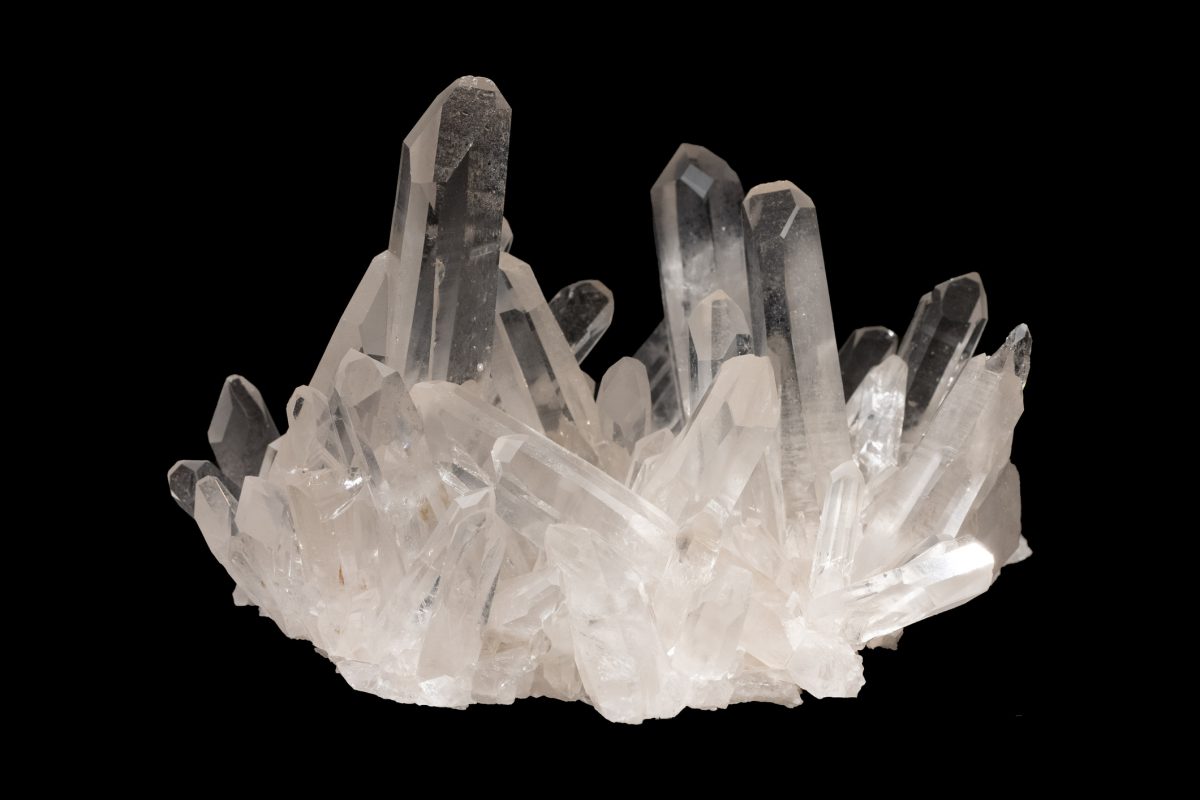Scientists Propose A New Measure Of Flexibility For Crystals

A study led by Professor Umesh V. Waghmare from the Jawaharlal Nehru Centre for Advanced Scientific Research (JNCASR) in Bengaluru has introduced a novel approach to quantify the mechanical flexibility of crystals. This research could transform the way materials are screened and designed, particularly in the field of Metal-organic frameworks (MOFs).
Their paper, “Quantifying the intrinsic mechanical flexibility of crystalline materials”, presents groundbreaking insights on the origin of mechanical flexibility and was published in the journal Physical Review B.
Metal-organic frameworks (MOFs) are a large class of crystalline materials which possess the remarkable ability to absorb gases, such as carbon dioxide, and store them as well as act as filters for crude oil purification.
The new study addresses these challenges by proposing a unique theoretical measure of flexibility based on the fractional release of elastic stress or strain energy.
Historically, flexibility in crystals has been assessed in terms of a parameter called elastic modulus, which is a measure of a material’s resistance to strain-induced deformation. In contrast, this study proposes a unique theoretical measure based on the fractional release of elastic stress or strain energy through internal structural rearrangements under symmetry constraints.
This new metric can be readily calculated using standard techniques of simulation and can rate the flexibility of a crystal on a scale of zero to one, zero signifying the least flexibility while one indicates maximum flexibility.
Additionally, this development provides a unique and quantitative insight into the flexibility of crystals, a dimension that was previously unexplored.
“This theoretical framework enables the screening of thousands of materials in databases, providing a cost-effective and efficient way to identify potential candidates for experimental testing,” said Prof. Waghmare. The measure rates crystal flexibility on a scale from zero to one, offering unprecedented insights into this previously unexplored dimension of material properties.
The research team, which included collaborators from Oxford University and the University of California, Santa Barbara, examined four different systems using theoretical calculations. They discovered that flexibility arises from large structural rearrangements associated with soft and hard vibrations within a crystal.
This new approach goes beyond traditional methods that focus solely on elastic properties, establishing flexibility as an intrinsic property of crystals. The findings could lead to the development of ultraflexible crystals and open doors to innovative materials with diverse industrial applications.
While the proposed measure is theoretical, it is expected to be highly valuable for experimentalists. The interdisciplinary nature of this research underscores the importance of collaboration in advancing materials science and paves the way for a new paradigm in the field.
No comments:
Post a Comment